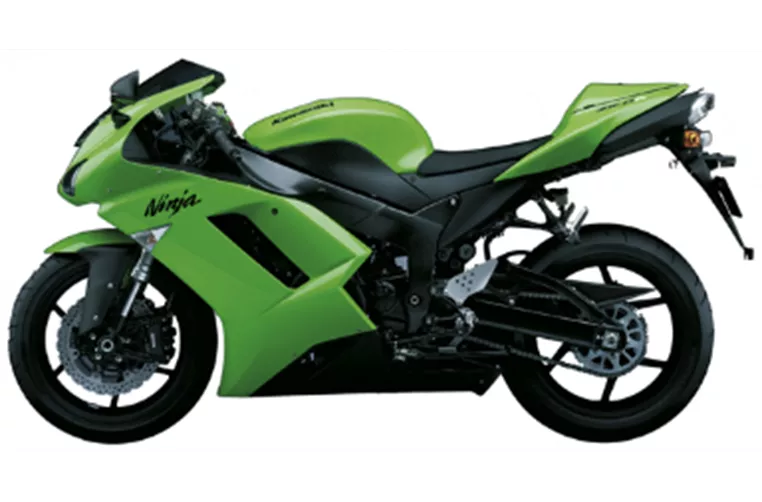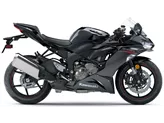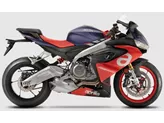Kawasaki Z 800 2013 vs. Kawasaki Ninja ZX-6R 2008

Kawasaki Z 800 2013
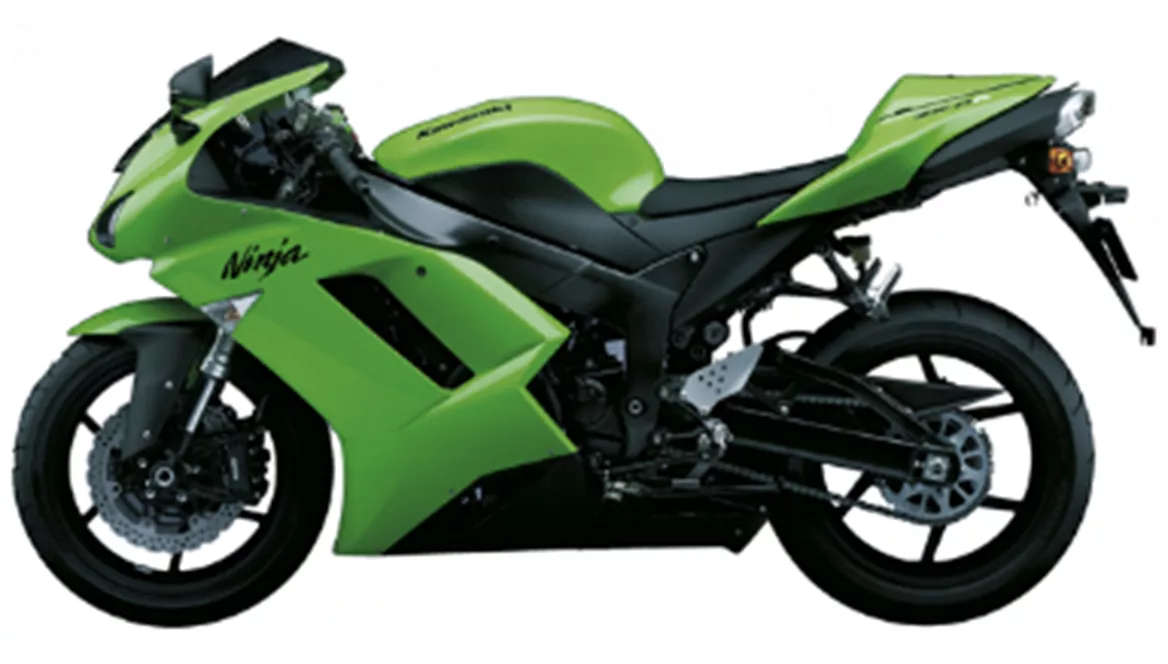
Kawasaki Ninja ZX-6R 2008
Overview - Kawasaki Z 800 2013 vs Kawasaki Ninja ZX-6R 2008
The Kawasaki Z 800 model year 2013 and the Kawasaki Ninja ZX-6R model year 2008 are both powerful motorcycles with similar engine specifications. The Z 800 has an engine power of 113 HP, while the Ninja ZX-6R boasts 125 HP. Both bikes have 4 cylinders and liquid cooling systems, ensuring efficient performance and preventing overheating.
In terms of size, the Z 800 has a slightly longer wheelbase of 1445 mm compared to the Ninja ZX-6R's 1405 mm. This may result in slightly better stability and handling for the Z 800. The seat height of the Z 800 is also slightly higher at 834 mm, providing a more upright riding position compared to the Ninja ZX-6R's 820 mm seat height.

Kawasaki Z 800 2013
Both motorcycles have a fuel tank capacity of 17 liters, allowing for decent range before needing to refuel. This is a practical feature for longer rides or commuting.
The Z 800 stands out with its eye-catching, chunky look, which is sure to turn heads on the road. It also offers confident acceleration thanks to its powerful engine. The relaxed geometry of the Z 800 contributes to a comfortable riding experience, especially on longer journeys. Additionally, the Z 800 is equipped with powerful brakes, ensuring reliable stopping power when needed.
On the other hand, the Ninja ZX-6R 2008 has its own set of strengths. It has reduced weight and improved handling, making it a nimble and agile machine. The more compact layout of the Ninja ZX-6R adds to its maneuverability, allowing riders to easily navigate through tight corners. The inclusion of an Öhlins steering damper further enhances stability and control. The Ninja ZX-6R also offers a comfortable seating position, ensuring riders can enjoy long rides without discomfort. Lastly, the engine tuning of the Ninja ZX-6R is immaculate, providing smooth and consistent power delivery.
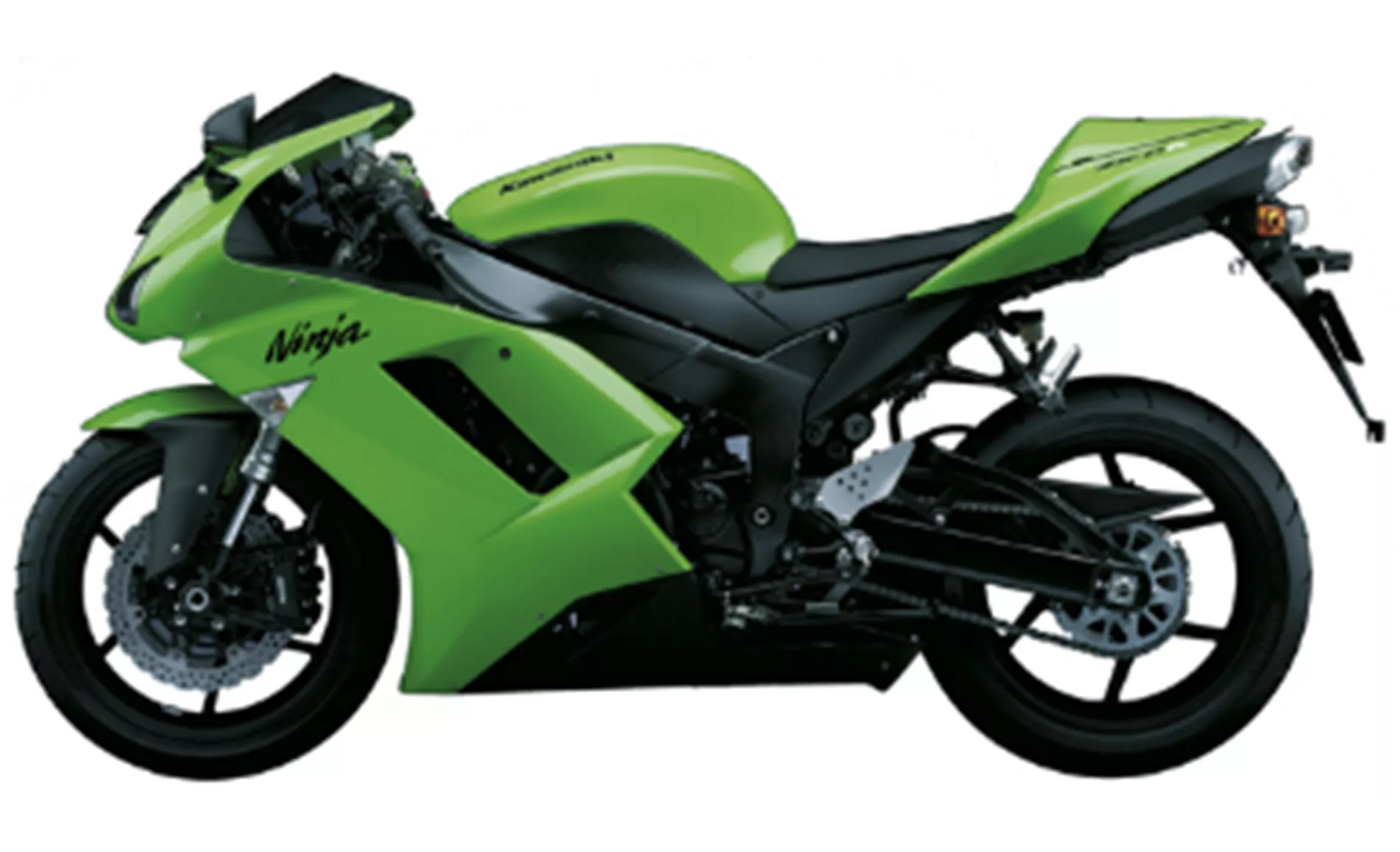
Kawasaki Ninja ZX-6R 2008
However, both motorcycles have their weaknesses as well. The Z 800 has limited freedom of movement for the legs, which may be uncomfortable for taller riders or those who prefer a more dynamic riding position. On the other hand, the Ninja ZX-6R has been reported to have some stability issues, particularly in the braking zone. The new fork design brings a disadvantage as tolerances must be maintained over the entire surface of the immersion tube.
In summary, the Kawasaki Z 800 2013 and the Kawasaki Ninja ZX-6R 2008 are both powerful motorcycles with their own unique strengths and weaknesses. The Z 800 offers an eye-catching design, confident acceleration, and relaxed geometry, while the Ninja ZX-6R boasts reduced weight, improved handling, and a comfortable seating position. Ultimately, the choice between these two bikes will depend on the rider's preferences and priorities.
Technical Specifications Kawasaki Z 800 2013 compared to Kawasaki Ninja ZX-6R 2008
Pros and Cons in comparison
Pros and Cons in comparison
Kawasaki Z 800 2013

Overall, the Z800 delivered a sensational performance. Considering the fact that nothing was changed or optimised on the vehicle apart from the Remus rear silencer, a super final result.
Kawasaki Ninja ZX-6R 2008

The Kawasaki rides noticeably more manageable than before. The machine lacks absolutely nothing for the racetrack. Steering damper, anti-hopping, chassis, engine - everything is ready. Only not quite as stable as before, the rear feels lighter in the braking zone than before.
Price Comparison Avarage Market Price Kawasaki Z 800 vs Kawasaki Ninja ZX-6R
There are a few key differences between a Kawasaki Z 800 2013 and a Kawasaki Ninja ZX-6R 2008. There are the same number of bikes of both models available on the 1000PS.de marketplace, specifically 7. It takes less time to sell a Kawasaki Z 800 with 56 days compared to 57 days for a Kawasaki Ninja ZX-6R. Since model year 2013 1000PS.de editors have written 11 reviews for the Kawasaki Z 800 and 37 reviews for the Kawasaki Ninja ZX-6R since model year 2005. The first review for the Kawasaki Z 800 was published on 9/6/2012 and now has more than 8,100 views. This compares to more than 5,800 views for the first review on Kawasaki Ninja ZX-6R published on 9/2/2002.

